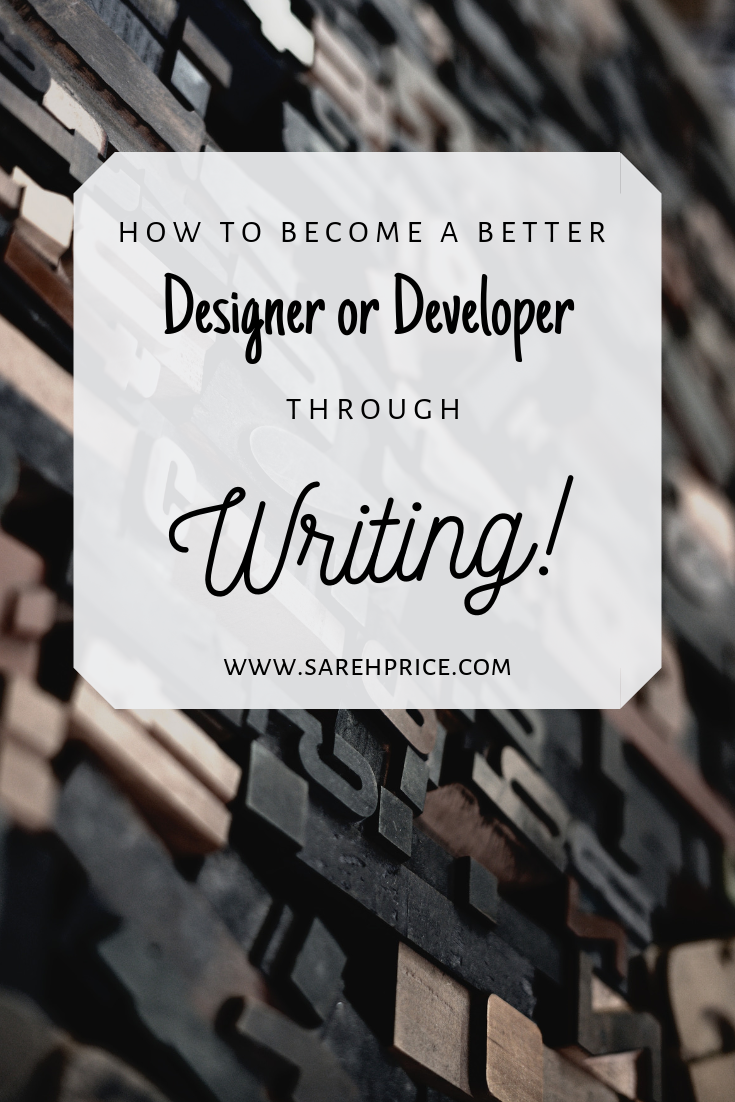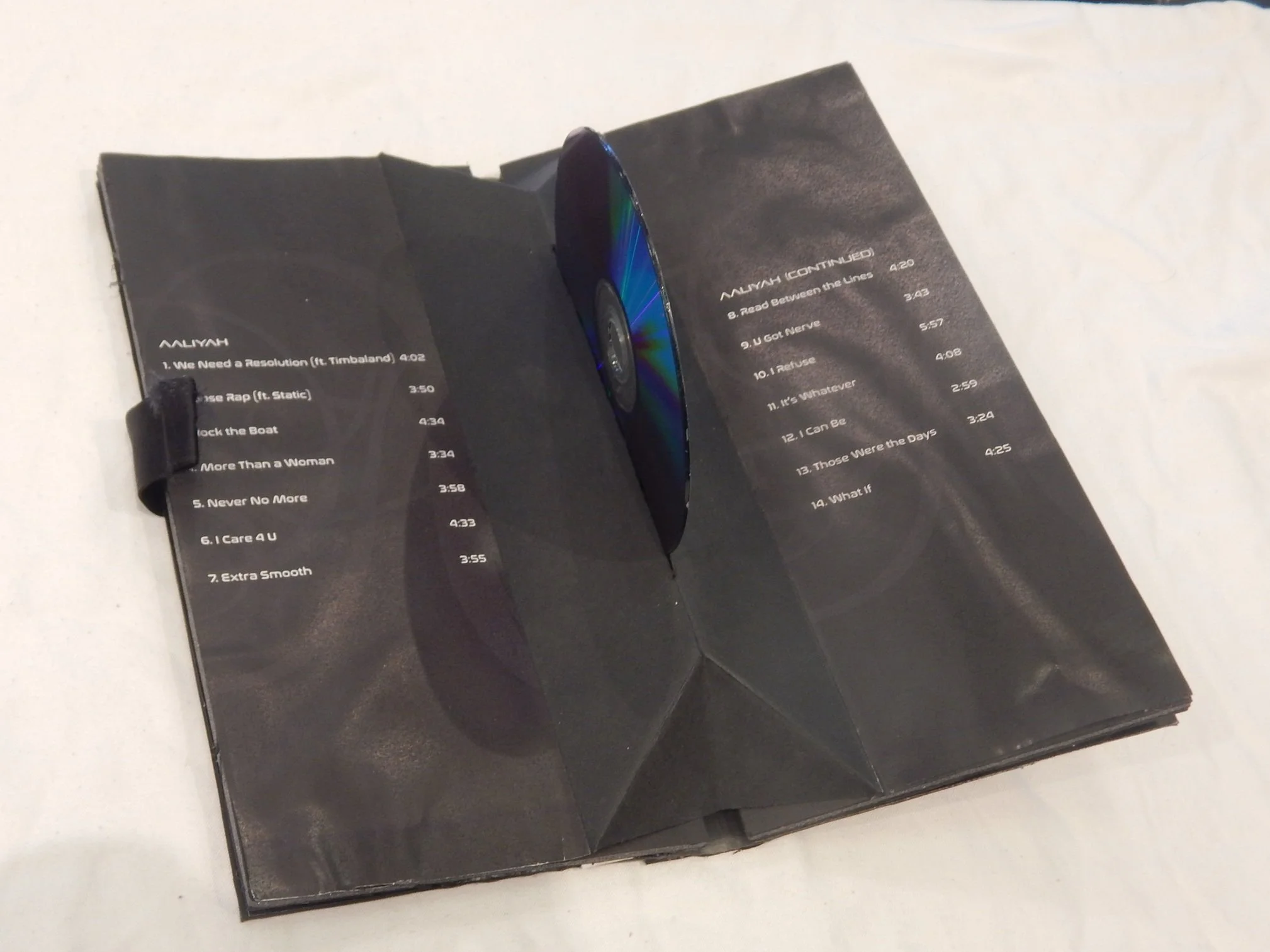How to Become a Better Designer or Developer through Writing
Photo by Raphael Schaller on Unsplash
Maybe you grew up hating writing with all it’s grammar rules and couldn’t up with a creative story even it would save your life. Perhaps you hated coming up with those random stories for writing tests in school.
But you love design.
You love programming.
But put a pencil in your hand to write something, nope! Not for you!
And that’s okay, not every one needs to be able to write well or be able to write a novel. But the ability to write can help your career and make your life so much easier.
I’m not saying you need to throw everything down and take some creative writing courses, I’m saying with a little bit of practice, you too can become a better writer and improve your career.
Why Should Designers and Programmers Write?
Writing opens up a whole host of possibilities.
Communicate better design briefs and ideas to your team and clients
Write better body copy for a project or save time
Don’t use Lorem Ipsum when you can write your own realistic copy for a mock up
Create better documentation
Create better presentations
Conduct more effective research
Write better emails
UX Writing is a growing field
Good for your mental health
Relaxing and fun
Become better at typography
If you’re a developer, learning how to write can help you write better code. When you know how to write well and communicate, you can write better comments and even improve your code structure.
Even before 2017, when writing was declared a “unicorn skill” of designers, writing has always been crucial for design. Being able to design not only a magazine layout around words is crucial for that article, but in the digital space, our users care more about the content than the actual design in a lot of cases.
If your users aren’t able to understand your on-boarding process or how to get to point A from point B because your micro-copy is not easily understood, maybe it’s time to take another look at some writing skills.
Over at the Inivision app blog, Kaila Lee writes in their article, “UX Writing Principles for Designers,”
“Good UX writing marries design and written language; great UX writing makes them indivisible. Whether your team has a go-to UX writer or you’re a designer who owns product content, you can advocate for empowering visual and verbal flows. It’s what helps users tap, swipe, click or do whatever action they need to get to their goals.”
Knowing how to write better also leads us into paths like creating chatbots and conversational speech for voice interfaces. If you haven’t studied dialogue, can you design good voice interfaces for the likes of Siri and Alexa?
Being able to write good instructions or make people feel comfortable and confident in your design is huge when it comes to what words you put down.
Your words matter.
They’ve always mattered.
But even if you’re not great at writing short stories or novels, there are lots of ways to practice writing and learning how to better design for type.
But how Should We get Started?
No worries, there are a lot of tips and tools out there to get you started.
Read and Study Writing
The best writers know that in order to write well, they need to read widely. Journalism students read the news, writers read in their genres and outside of it, and they all study writing manuals and craft books.
If you’re not already in the habit of regularly reading something, I would recommend picking something that interests you and reading more about it.
Read writing books like “Bird by Bird by Anne Lamott”
Browse articles related to design (like this one about designing first in black and white!)
Read the news (and read from multiple different sources!)
Study website copy on sites you frequently use
Attend writer meetings at your local library or coffee shop
Write a short story or novel
Study dialogue by either reading it on books or listening on conversations when you’re out in public
Listen to podcasts or audiobooks to understand how people read outloud
Take a writing workshop or class
Try journaling for 15 minutes a day or writing Morning Pages
Write hand written letters to friends or your mom
Study different kinds of writing such as technical writing, journalism, research papers, screen plays, short stories, novels, etc
Use Prompts
If you’re one of those people for whom the blank page is your mortal enemy, have no fear! For prompts are here!
Free writing- set a timer for 15 minutes and write anything that comes to mind. Don’t worry about editing it.
Research and Write- Learn about a design or programming topic or anything else in the world and then write about it. You can write a blog post, write a text or email, a newsletter, or even write it in a social media post.
Create a presentation- Again with the teaching idea, you can create a presentation about something and share it online, this is great for writing scannable, easily read copy.
Make use of your social media- If you don’t post on social media or comment on things a lot, now is your time to shine. Retweet or share something and write a comment about it. Or write a comment on a picture.
Prompt generator- There are thousands of writing prompt generators online or even prompt journals.
Picture time- Write a 1,000 words about a picture. Or 500. Or 50. Just describe it or what the picture makes you think of.
Write Out your Design or Development Issue
Think about your project. Explain it in words by writing down the issue, problem, and the solution you’re trying to come up with. Write user personas and make a storyboard around it. If you have a solution or are looking for one, brainstorm some ideas or supportive logic around it.
This is an idea that one of my professors in college told us to do when coming up with ideas for our projects. I’m a writer at heart so I loved the suggestion of writing about our projects.
This idea also makes me think of the developer’s “rubber ducky debugging” method. The idea is when you run across your issue, you look at the rubber ducky on your desk and outloud tell him your problem. Through speaking it out loud, your brain is supposed to find a solution easier.
I feel this same technique can be applied to writing. When you write out the issue you’re facing in your project, it makes you think more critically and creatively about it than if you were to sit there and stare at the screen.
You can use a journal or a notebook for this, but you can also write about it an email or message to a coworker. Even if they don’t understand what you’re talking about, the act of writing and explaining it will be a lot more useful than if you hadn’t done anything at all.
Some Tips for Writing Better Copy
Write at a middle school level for your general audience
Use common words and phrases
Use short and simple sentences when applicable
Read your writing out loud
Read your writing to someone else or have someone else double check it
Run your writing through an online editor like the Hemingwayapp or Grammarly
Consider what context your copy will be read in- i.e mobile or websites
Avoid idioms, slang, jargon, or other cultural-specific references
Try for scannable content
Write with an active voice
Use a friendly and personable tone when applicable
“When was the last time you wrote anything and what was it? ”











